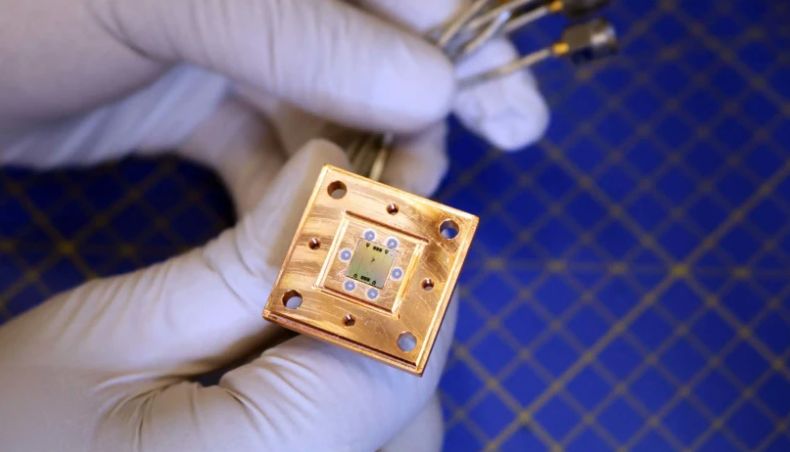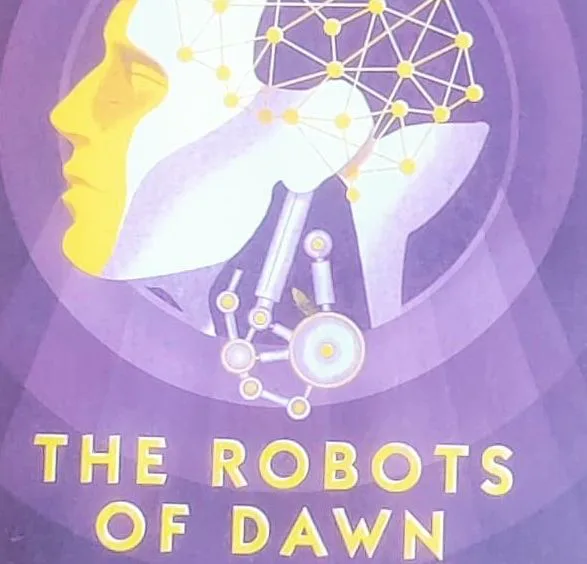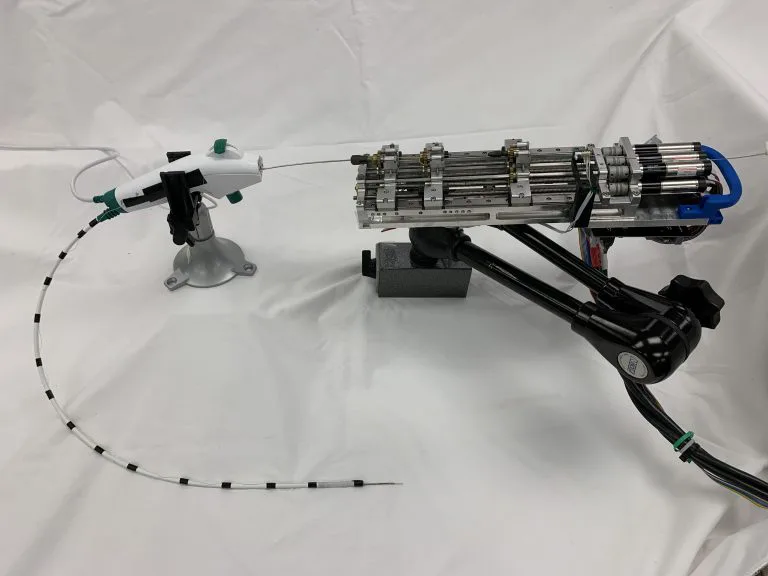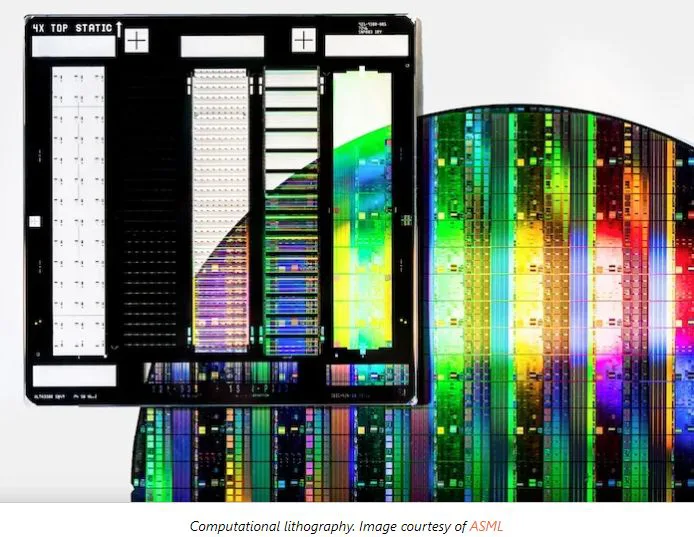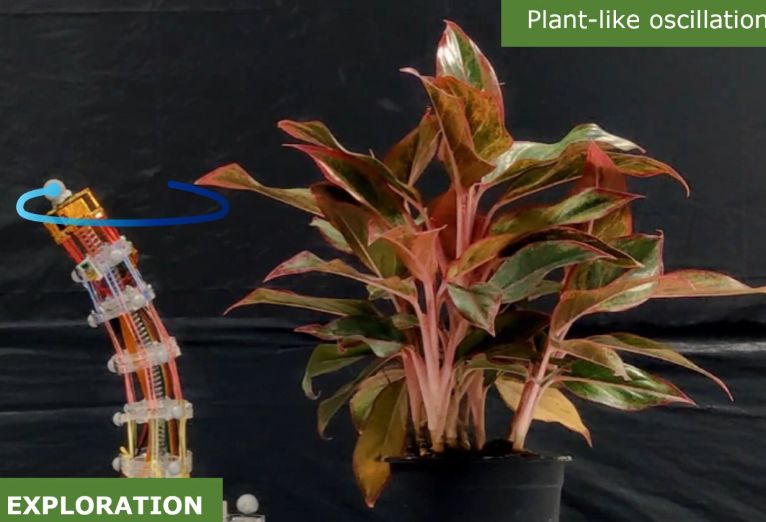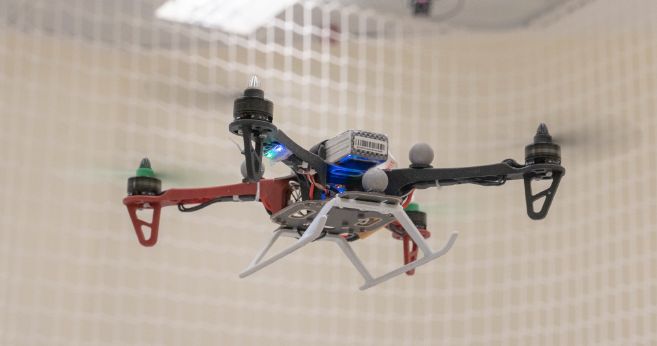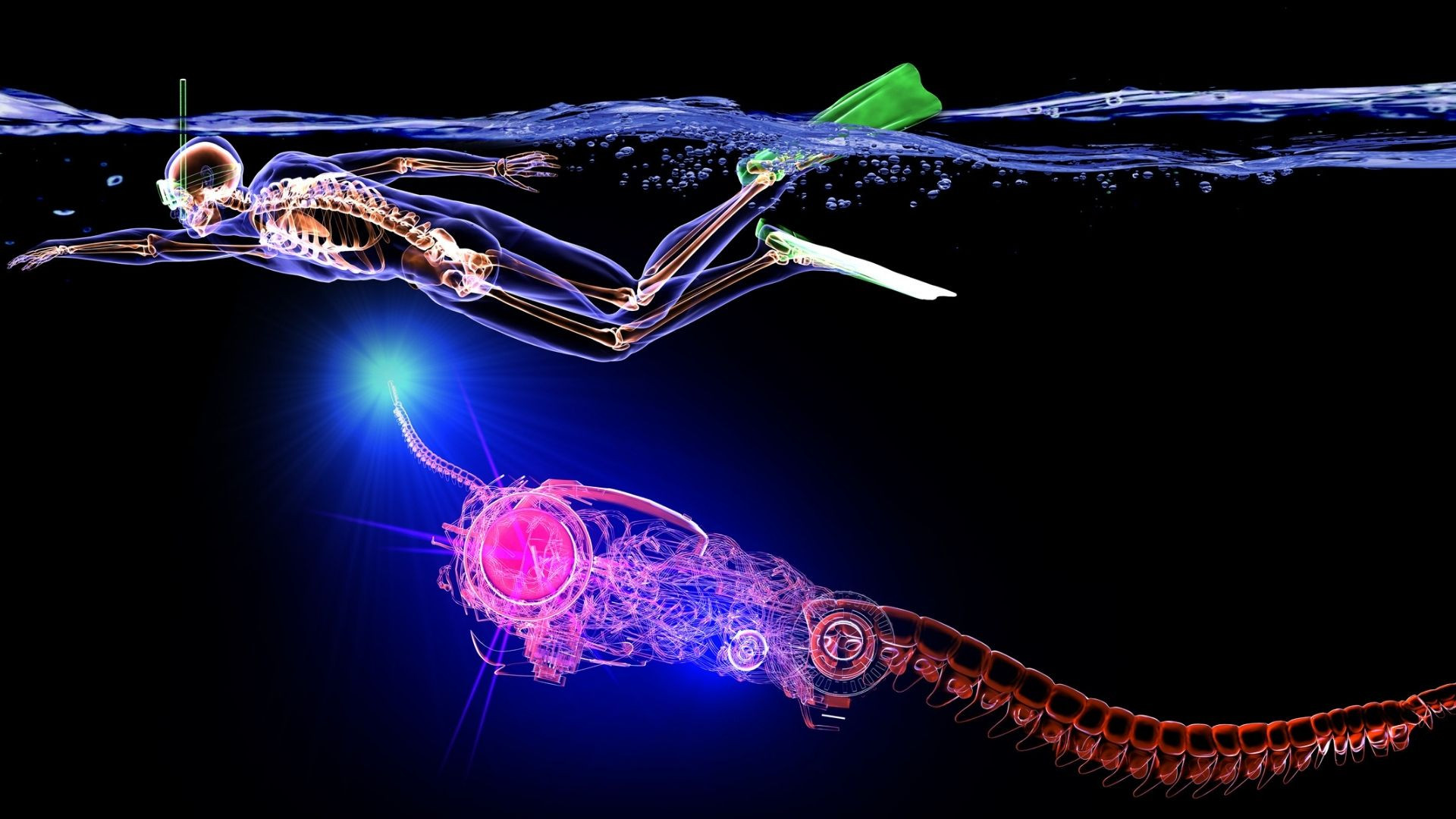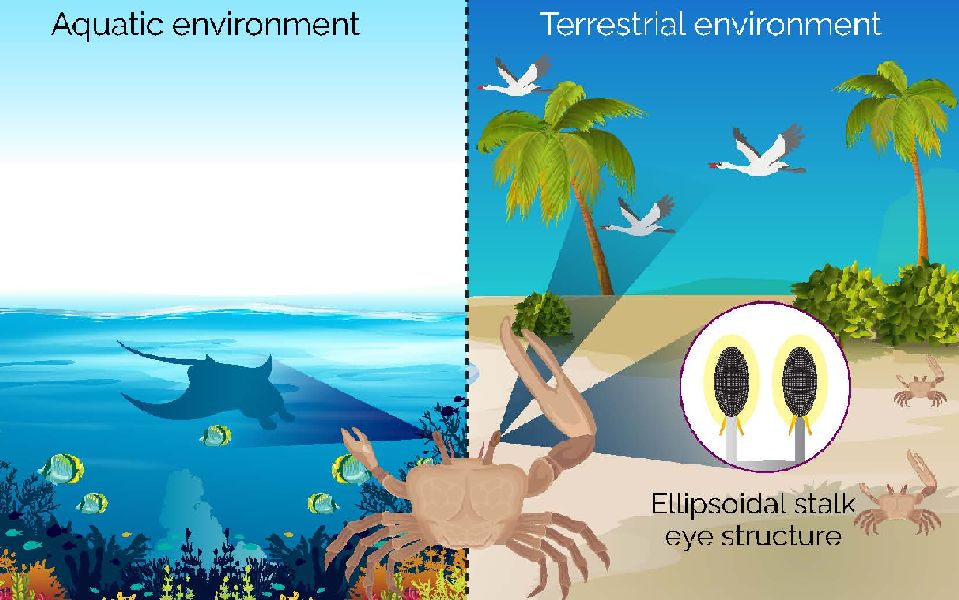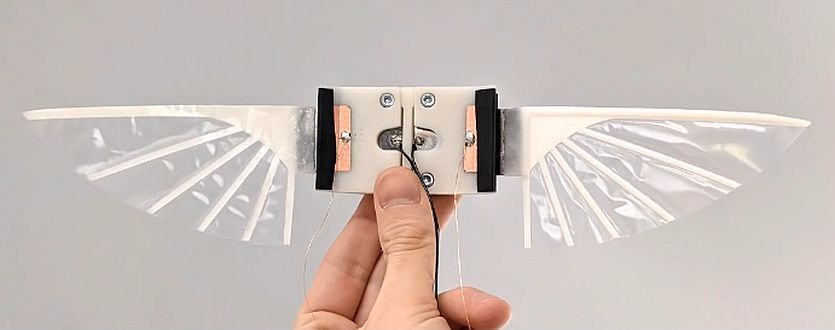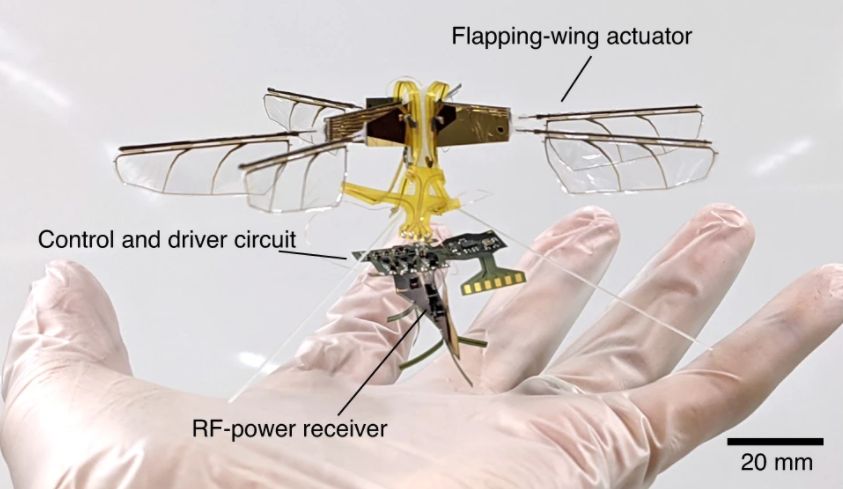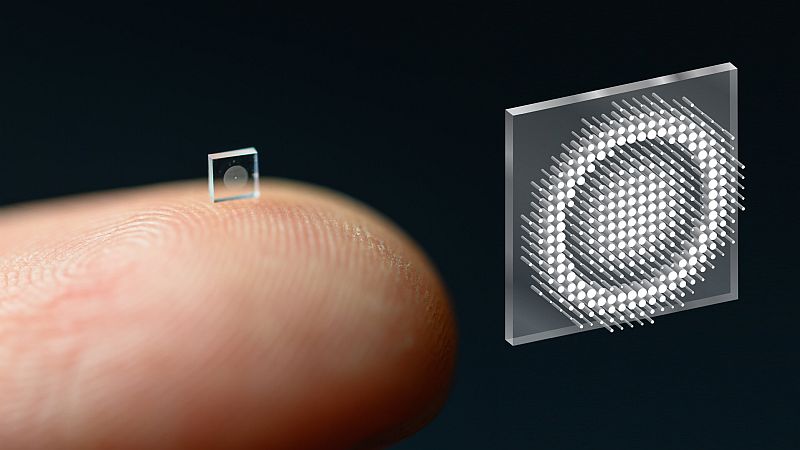An interesting development around quantum computing has surfaced. We all know that these quantum systems require super cold temperature to operate at their optimal performance. Why? Well, the fundamental blocks of quantum computers, which are, the qubits cannot function in regular temperature. For reliable quantum computation, these quantum systems require extremely low temperatures as they are highly sensitive to their surroundings, in fact, even a tiny disturbance by weak electromagnetic interference can cause errors in their system.
Search Results for: autonomous
Book Review: The Robots of Dawn by Issac Asimov
“The Robots of Dawn”, published in 1983, is the third novel in Asimov’s Robots series, following “The Caves of Steel” (1954) and “The Naked Sun” (1957). Isaac Asimov is one of my favorite science fiction writers. Even after nearly four decades, his work remains incredibly relevant today. His plots are fast paced and characters feel so lifelike, even the robots, which are portrayed with such depth and realism. With positronic robots in the mix, he crafts stories that explore the loopholes in the Three Laws of Robotics, which he himself…
Book Review: The Blind Assassin by Margaret Atwood
“The Blind Assassin” is a book authored by Canadian writer Margaret Atwood, initially published in 2000. This marks my second time reading the same book, yet I still don’t feel adequately prepared to provide a review. This book is intricately and elegantly crafted. As we delve into its pages, we gain deep insights into the characters, yet there’s a veil of uncertainty about whose perspective we’re truly witnessing. I felt myself compelled to hunt for subtle clues sprinkled throughout the book, determined to unravel the mysteries concealed within its pages.
Robotic Needle Achieves Precision Navigation in Living Model
When it comes to cancer-related fatalities, lung cancer tops the list. One of the main reasons could be the presence of tiny tumors in deep within the lung tissue. This poses a major challenge for surgical accessibility. To address this challenge, researchers at UNC Chapel Hill and Vanderbilt University have been trying to fabricate an exceptionally flexible yet durable robot. The device will have the capability of maneuvering through the intricate terrain of the lungs.
Interview: Dr. Yifan Zhu, Robotics Scientist at the University of Illinois at Urbana-Champaign
In the vast realm of the Intelligent Motion Lab, where the interplay of human ingenuity and technological wonders dance harmoniously, resides Dr. Yifan Zhu. A visionary soul, Dr. Zhu finds solace in the realm of robotics, under the wise guidance of Prof. Kris Hauser. Together, they delve deep into uncharted territories. Like a master sculptor shaping formless clay, Dr. Zhu’s focus lies in unravelling the secrets of deformable objects. Through painstaking analysis and intricate algorithms, he breathes life into these enigmatic entities, capturing their essence within a digital tapestry.
Computational Lithography empowering Microchip Advancements: Revolutionizing Chip Design
Semiconductor industry is soaked with one of the most ever-advancing technologies. The demand for smaller, faster, and more efficient microchips keeps the world of semiconductors on its toes. Computational lithography has totally revolutionized the field by meeting the desired level of precision and complexity in chip design.
ILT and SMO continue to push the Boundaries of Resolution: Semiconductor Manufacturing
Semiconductor manufacturing is experiencing rapid and dynamic growth. The exponential evolution is making it one of the most swiftly evolving industries globally. As technology is advancing, the electronic devices are progressively shrinking in size. Behind this constant innovation lies the incredible field of “computational lithography”. It is the heart of semiconductor industry. After all, it blends the power of computers, mathematics, and precision engineering. Only to create intricate microscale structures on silicon wafers.
Plant-inspired Controller for Robotic Arms: Biomimicry
Biomimicry is the practice of imitating biological systems and processes. So far, it has been a valuable approach in robotics. By copying animals’ designs, engineers have tried to replicate billions of years of evolution. It has resulted in highly efficient and adaptable designs that nature has already passed on to. For instance, energy-efficient walking patterns inspired by animal gaits or bio inspired vision systems or lizard inspired four-legged robot.
Book Review: What Is Life? with Mind and Matter by Erwin Schrödinger (II/II)
In this post, we will be covering the second segment of Schrödinger’s famous book, What Is Life? with Mind and Matter. We have already talked about the first portion – What Is Life? Now, here, we will be focusing on Mind and Matter. (If you haven’t read, I’d recommend to go through the previous post – What Is Life? by Erwin Schrödinger. It will help in better understanding of his ideas. Thanks 🙂 In this series of the lectures, Schrödinger has tried to blend physics, evolutionary theory, and philosophy.
Real-time Neural MPC: Deep Learning & Model Predictive Control Framework
Model predictive control (MPC) is a powerful technique that has gained popularity in recent years for controlling the movements of robotic agents. It involves using a model of the agent’s dynamics to predict its future behaviour. Followed by optimization of this behaviour to achieve a desired goal while also satisfying a set of constraints. MPC algorithms are capable of handling complex scenarios and can consider various factors such as the agent’s physical constraints, environmental conditions, and the dynamics of other objects in the environment. This makes MPC a popular choice…
Butterfly Robots with Bistable Wings: Biomimicry
In an effort to create faster and more energy-efficient soft robots, researchers at North Carolina State University have created a prototype of swimming soft robots based on manta rays. The team got inspired from the biomechanics of the marine animal. Rate of swimming for most of the (swimming) soft robot is one body length per second, manta rays, however, glide at much faster rate. Their swimming efficiency triggered the scientists to look into the potentiality of creating a similar robot, biomechanically.
Crab Inspired all weather Vision System: Biomimicry
To improve the imaging component in robotics, researchers have been trying to create various types of highly performing cameras, sensors and artificial vision systems. Most of the vision systems are bio-inspired that is, they have been emulated from the systems and elements of nature including humans, animals, insects and fish. These systems, however, have their own restrictions because they operate in limited environment respectively. For instance, majority of (bio-inspired) existing sensors and cameras works either one of the following scenarios: on the ground like biomimetic eye with a hemispherical…
Insect sized Flying Robot with Flapping Wings: Micro air Vehicle
Researchers at the University of Bristol, U.K. have fabricated a flapping-wing microrobot that can produce more power than a similar-sized insect. The micro-air vehicle is a product of biomimicry, inspired from bees and other flying insects.
Wireless RF Powered Insect Scale Aerial Vehicle: Miniature UAV
Researchers at Toyota Central R&D Labs have developed a wireless radiofrequency power based tiny aerial robot.
Surface Optics & Neural Based Processing: MetaOptics
An international team of researchers at Princeton University and the University of Washington has developed a micro-sized camera to the size of a salt grain.

